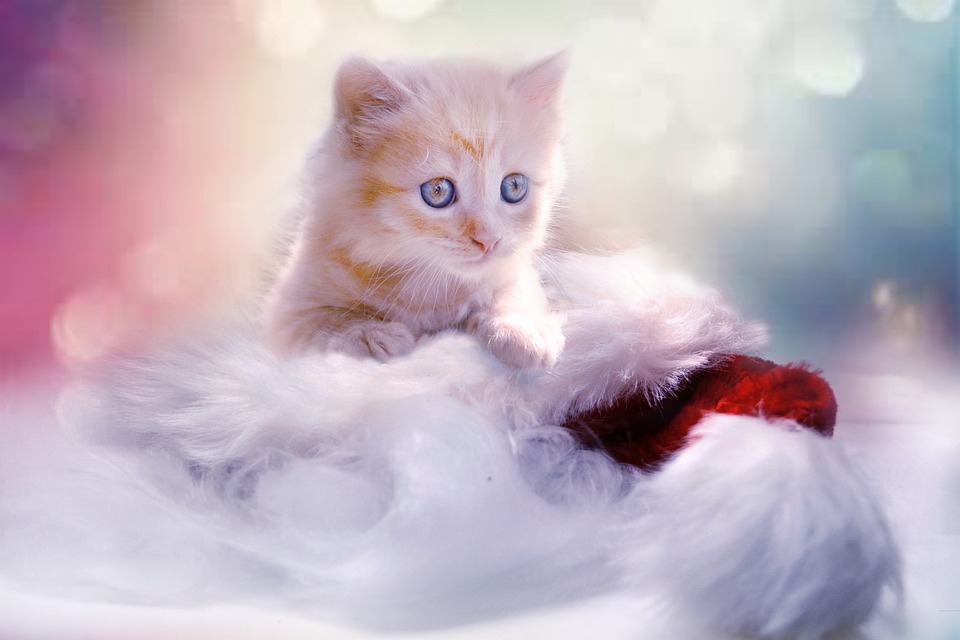*By [Your Name]*
Introduction:
Cats are known for their meticulous grooming habits, spending a significant amount of time each day keeping themselves clean and well-groomed. Grooming is not only important for maintaining a cat’s appearance but also for their overall health and well-being. However, when grooming becomes excessive, it can be a cause for concern. Excessive paw grooming, in particular, can lead to various problems and should be addressed promptly.
Understanding Excessive Paw Grooming in Cats:
1. Normal vs. Excessive Grooming:
Normal grooming behavior in cats includes licking their fur, cleaning their face, and grooming specific body parts. It is a natural instinct and helps distribute natural oils, remove dirt and parasites, and maintain a healthy coat. However, excessive grooming refers to an intense and repetitive focus on grooming, specifically the paws. This can be identified by constant licking, biting, and chewing of the paws, leading to redness, swelling, and even hair loss.
2. Common Causes of Excessive Paw Grooming:
Several factors can contribute to excessive paw grooming in cats:
– Stress and Anxiety: Cats may resort to excessive grooming as a coping mechanism for stress and anxiety. Changes in the environment, the addition of new pets or family members, and even loud noises can trigger this behavior.
– Allergies and Skin Irritations: Cats with allergies or skin irritations may excessively groom their paws to alleviate the itching or discomfort caused by the allergens. Common allergens include certain foods, environmental factors like pollen or dust mites, and even certain cleaning products.
– Pain and Discomfort: Cats may groom their paws excessively if they are experiencing pain or discomfort. This could be due to an underlying medical condition such as arthritis, injuries, or infections.
– Boredom and Lack of Stimulation: Cats are intelligent and curious creatures that require mental and physical stimulation. When they lack environmental enrichment and stimulation, they may resort to excessive grooming as a form of self-soothing or as a way to occupy themselves.
Addressing Excessive Paw Grooming in Cats:
1. Veterinary Evaluation:
If you notice excessive paw grooming in your cat, it is essential to seek a thorough veterinary examination. The veterinarian will assess your cat’s overall health and conduct diagnostic tests to rule out any underlying medical conditions that may be causing the behavior.
2. Stress and Anxiety Management:
Creating a calm and enriching environment for your cat is crucial in managing stress and anxiety. Providing hiding spots, vertical spaces, and interactive toys can help alleviate stress. Additionally, behavior modification techniques like positive reinforcement and pheromone therapy can be beneficial.
3. Allergy and Skin Irritation Management:
Identifying and eliminating allergens is vital in managing excessive paw grooming caused by allergies. Your veterinarian may recommend dietary changes, hypoallergenic products, or even allergy testing to pinpoint the specific allergen. Topical treatments and medications, such as antihistamines or corticosteroids, may also be prescribed.
4. Pain and Discomfort Relief:
If your cat is grooming excessively due to pain or discomfort, it is crucial to address the underlying condition. Your veterinarian may prescribe pain medication, recommend physical therapy, or suggest other treatment options based on the diagnosis. Providing comfortable bedding and padded surfaces can also help relieve discomfort.
5. Boredom and Lack of Stimulation Solutions:
To prevent boredom and encourage mental and physical stimulation, provide your cat with interactive toys, puzzle feeders, and scratching posts. Regular playtime and exercise sessions, both indoors and outdoors, can also keep your cat engaged and prevent excessive grooming behaviors.
FAQs about Excessive Paw Grooming in Cats:
1. How can I differentiate between normal grooming and excessive paw grooming?
2. Is excessive paw grooming always a sign of stress or anxiety?
3. Can allergies be the sole cause of excessive paw grooming in cats?
4. How can I help my cat with pain or discomfort in their paws?
5. What are some signs that my cat is bored and in need of more stimulation?
6. Is excessive paw grooming more common in certain cat breeds?
7. Are there any natural remedies I can try to address excessive paw grooming?
8. When should I seek veterinary help for my cat’s excessive paw grooming?
Conclusion:
Understanding the underlying causes of excessive paw grooming in cats is essential for addressing the issue effectively. By implementing appropriate solutions, such as stress management, allergy relief, pain relief, and providing mental and physical stimulation, we can help our feline friends lead healthier, happier lives. Remember, if excessive paw grooming persists or worsens, it is always best to seek veterinary guidance for a comprehensive evaluation and appropriate treatment.








